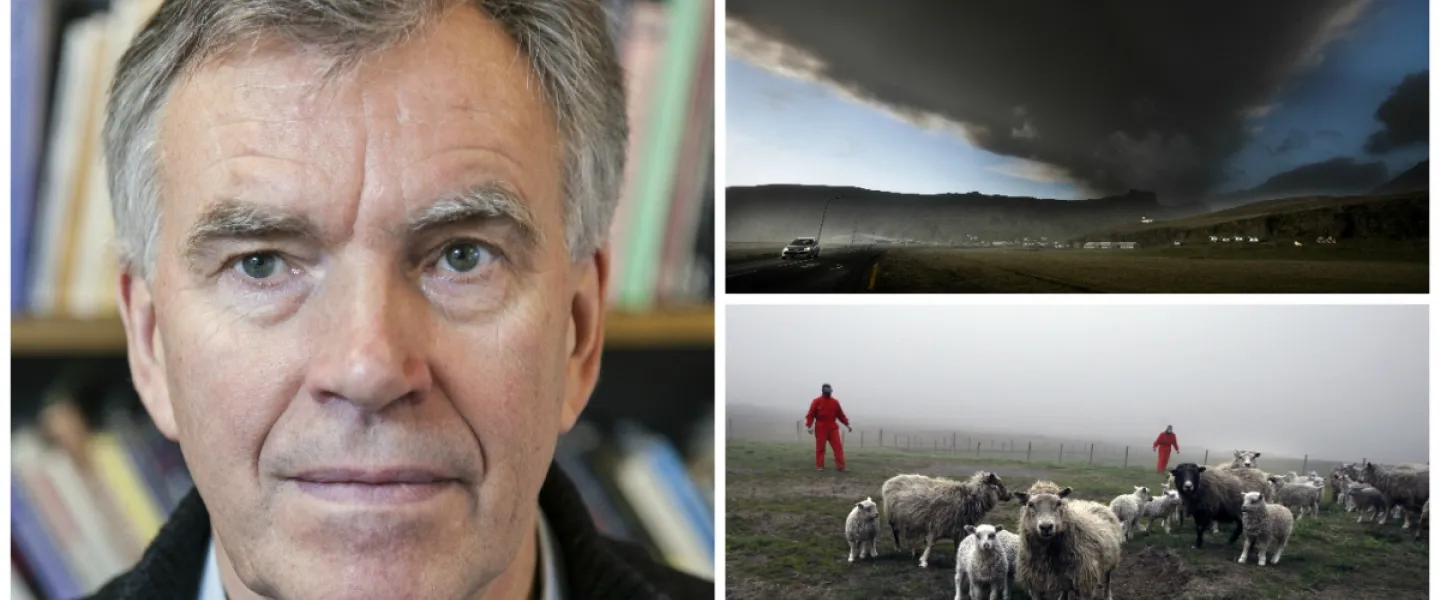
People all over the world were affected by the eruption of Mt. Eyjafjallajökull six years ago. The eruption began on 20 March 2010. The interaction of magma with water during the second phase of the eruption, beginning on 14 April, created a plume of volcanic ash that covered large areas of northern Europe, blocking air traffic over most of Europe for six days. Over twenty countries closed their airspace to commercial jet traffic. Approximately ten million people had their travel schedules interrupted without any warning, and had to scramble to adjust their plans.
Gísli Pálsson, Professor of Anthropology at the University of Iceland, was one of those travellers and is now collecting stories from all over the world about this event to enrich his project entitled "Volcanologues." Pálsson was affected by the eruption as he had to cancel a trip for a major conference in Poland and later on he was stranded in Norway and the trip home, which ordinarily takes three hours, lasted 26 hours. During the months following the eruption, Pálsson kept meeting many people who described similar experiences, often in far more dramatic terms than he had used in speaking to his family and friends. “It occurred to me that it would be interesting to collect eruption stories."
Eyjafjallajökull and the glacier which covers it have always had a significant presence for Pálsson. “Not only did some of my ancestors live on a small farm right under the glacier, but also I could see the mountain from Heimaey, the island I was born and raised, as well as more recently from my summer home in southern Iceland. In Reykjavik, I followed news on the levels of toxic gases which were emitted, and I measured the amount of ash that fell by my house,” said Professor Pálsson.
Hosted at the University of Iceland, the Volcanologues project will document the complex impacts of the eruption on people from different parts of the world. Anyone who has a story to tell is invited to share their experience. Collectively, these stories will illuminate personal dramas in the wake of the Eyjafjallajökull eruption, providing an engaging window into unprecedented natural events and their aftermaths.
Pálsson asks those wishing to contribute to kindly submit a short essay, possibly along with a related image (a photo, a drawing, or a document), to volcanologues2010@gmail.com. The average text should be between 500 and 1000 words. It should include a title, name and email address of the author, and a statement of consent: “I hereby grant Gisli Palsson permission to publish my essay on his Volcanologues website and in a printed collection of essays.”
Further information on the project can be found on the Glacier Hub website and the Volcanologues facebook page.